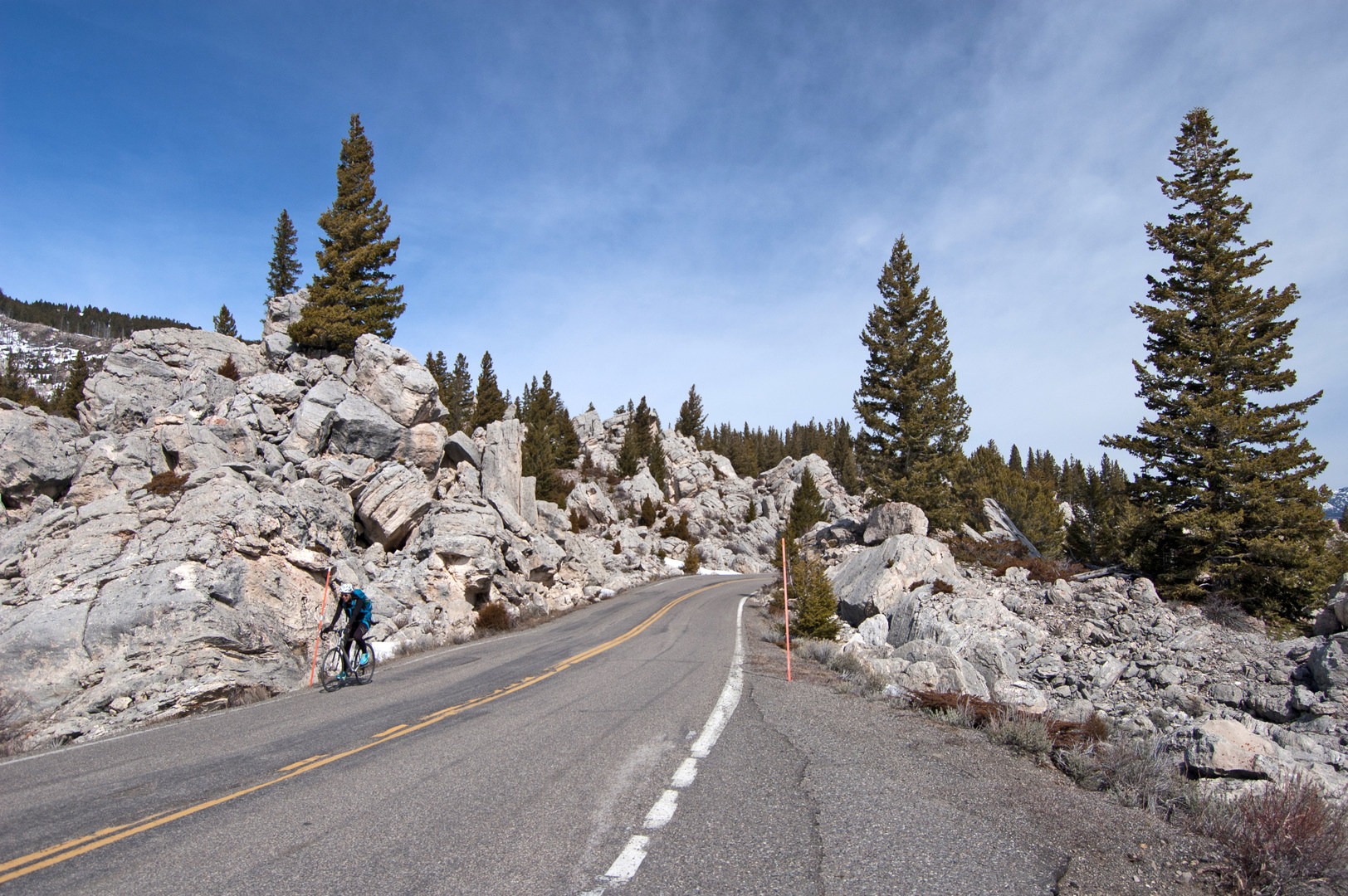You are here
For many, Yellowstone National Park brings visions of a beautiful, raw landscape rich with wildlife and thermal features. It can also bring images of packed roadways, crowded parking, and rows upon rows of people around the boardwalks by Old Faithful. Record visitation and increasing frustration in congested areas have recently prompted the park to remind visitors to “pack their patience.”
This problem is not unique to Yellowstone. The recent Centennial Year and Find Your Park campaign drew record numbers of visitors to national parks and monuments, stressing existing and crumbling infrastructure. The park service’s maintenance needs have far surpassed annual funding levels, resulting in a growing maintenance backlog that reached approximately $12 billion dollars in 2015. Yellowstone had the highest maintenance backlog at over $603 million dollars. With limited financial options, the National Park Service has even begun to consider establishing visitor caps at select national parks to limit crowd impact.
Biking offers a low-impact alternative to exploring Yellowstone. In the spring and fall, the park briefly opens select roads (weather permitting) to visitors for bike-only traffic. Riders can take to the open road and see some of Yellowstone’s popular landmarks in solitude and silence. Normally packed pullouts and parking are empty (even snow covered) in the shoulder season, save a biker or two. Animal sightings en route are possible, especially bison, which frequently use the roads to get around. During both seasons, cyclists can expect light vehicular traffic from the park’s administrative crews.
The spring cycling route runs the 49-mile stretch of the Grand Loop Road from Mammoth Hot Springs to West Yellowstone. Highlights along the route include: the Hoodoos, Swan Flats, Norris Geyser Basin, Artist’s Paint Pots, and Gibbon Falls. The fall cycling route is much the same as the spring, with several differences – you’re able to bike to Old Faithful and to Chittenden Road from Tower Junction. Biking to Old Faithful is restricted in the spring since it is an active bear management area; however, in the fall, biking is allowed as bears have denned for the season. The road from the Gardiner, Montana, entrance to Cooke City is open year round to cyclists and vehicular traffic.
Biking in the spring shoulder season started sometime in the 1990s. A group around West Yellowstone found success in promoting cycling the west side of the park. The park subsequently put out news releases about the opportunity, and its popularity with cyclists has grown.
Yellowstone is wild, and cyclists should be vigilant and prepared for their trip. Wild animals frequent the roads and always have the right-of-way. Cyclists should be bear aware, carry bear spray, and know how to use it in an encounter. Services in the park interior are closed during these periods, so cyclists also need to carry their own food, water, warm clothing, and bicycle repair kit.
Logistics + Planning
Current Weather: Powered by Dark Sky






























Comments
Sign In and share them.